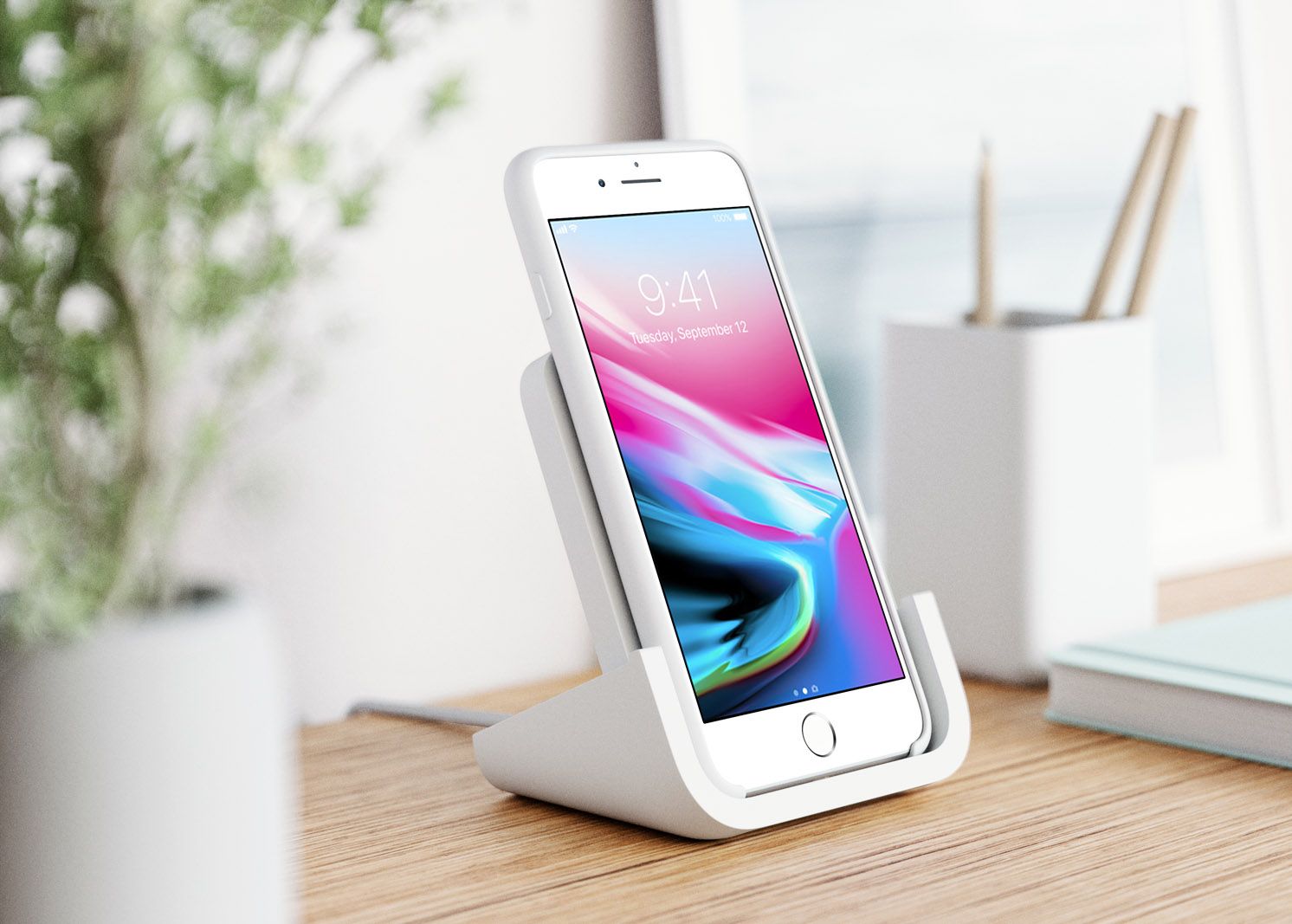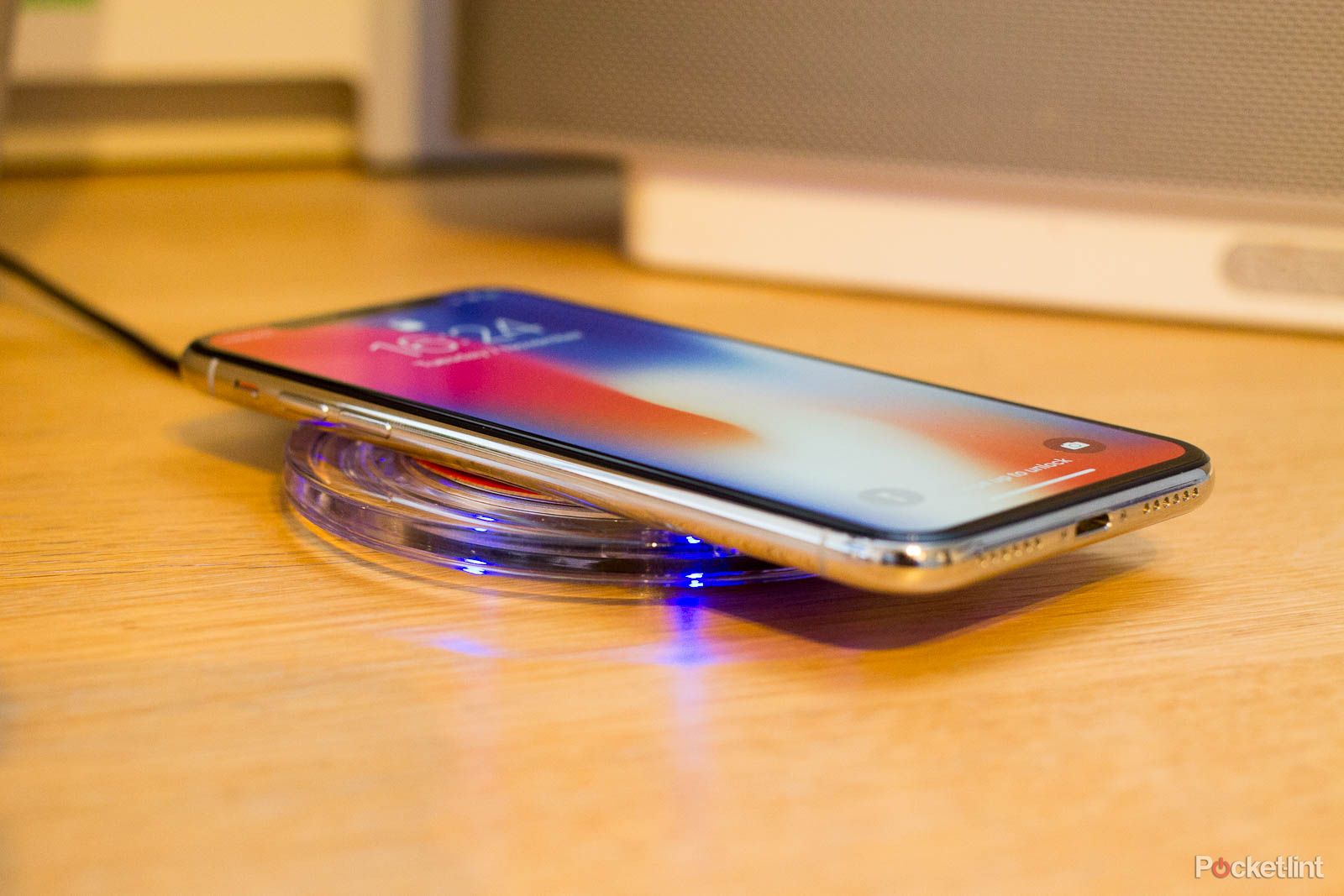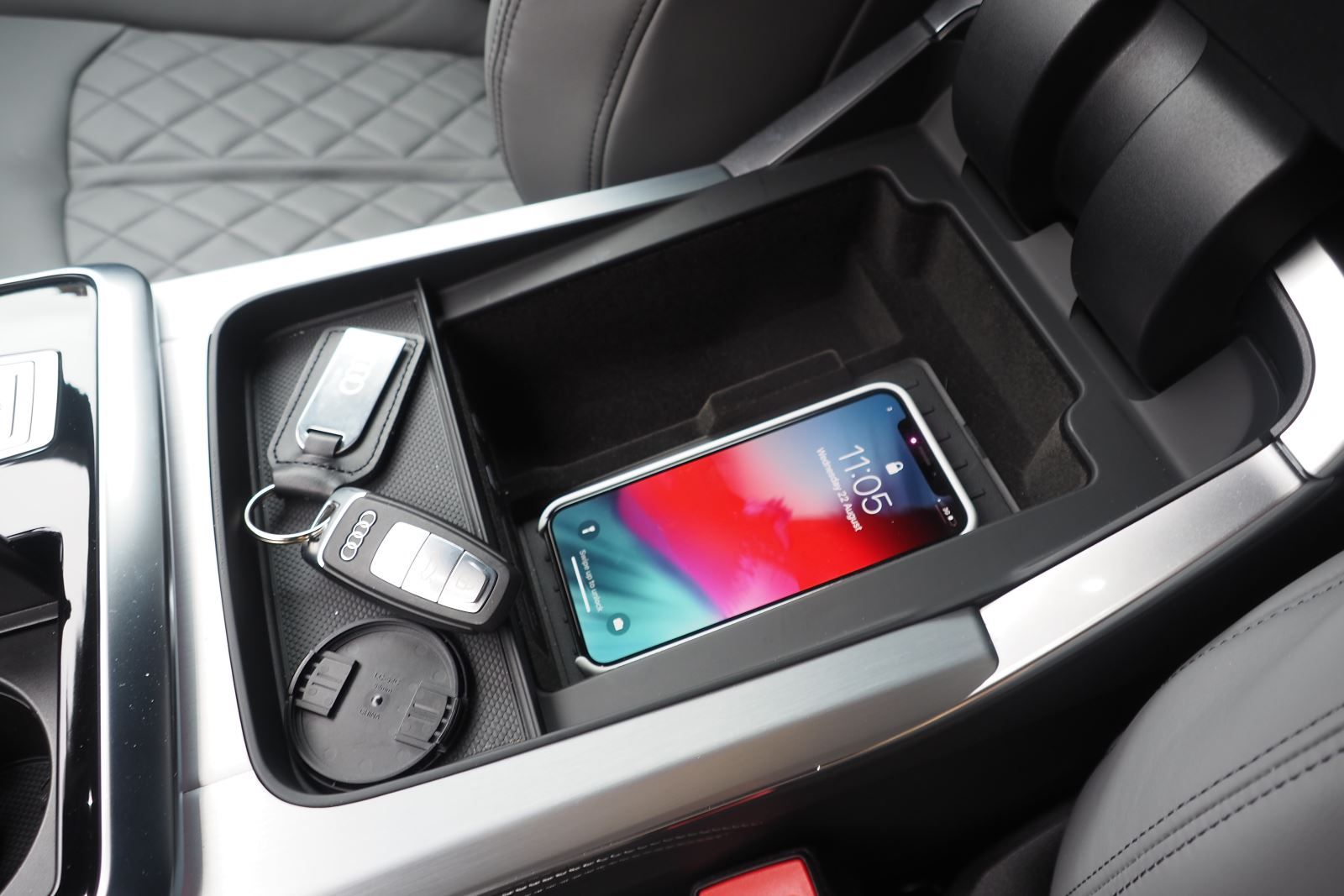Wireless charging has been around for a good while now, but it's only in the last three or four years that it's become mainstream. More and more manufacturers have been getting on board with the ubiquitous Qi wireless charging standard and the tech is now inside virtually every flagship phone, and some true wireless headphones too.
The biggest manufacturers have supported it from early on. Samsung has supported wireless charging since the Galaxy S6 and Apple adopted wireless charging with the iPhone X and iPhone 8 and iPhone 8 Plus, and the Airpods (2nd Generation). Since then it's appeared in all new iPhones and AirPods, with recent generations adopting a magnetic wireless charging capability called MagSafe.
An increasing number of Android phones also support reverse wireless charging where you can charge other devices from the phone - for more information on this, check out what is reverse wireless charging and which phones have it?
But as for wireless charging, how does it work and does your phone even support it? Allow us to answer all these questions and more.
What is wireless charging?
Wireless charging is the transfer of power from a power outlet to your device, without the need for a connecting cable.
It involves a power transmitting pad or stand, and a receiver, which is usually built into the phone itself. When we said it was cable-free, it isn't quite, because the charging pad or stand will still need to be physically plugged into a power outlet. Tech hasn't quite managed that level of wireless just yet.
How does wireless charging work?
Wireless charging is based on inductive charging, whereby power is created by passing an electrical current through two coils to create an electromagnetic field.
When the receiving magnetic plate on the mobile device comes into contact with the transmitter - or at least within the specified range - the magnetic field generates an electrical current within the device.
This current is then converted into direct current (DC), which in turn charges the built-in battery.
What is the standard for wireless charging?
The main wireless standard is Qi (pronounced "chee"). Qi is a standard that has been developed by the Wireless Power Consortium (WPC) for inductive charging over distances of up to 40mm.
Qi wireless charging has been adopted by many smartphone manufacturers, including Samsung, Apple, Sony, Honor, Oppo, OnePlus, Huawei, Nokia (HMD), Motorola and Xiaomi. It's been incorporated inside numerous vehicles now too.
Qi has three separate power specifications, beginning with low power, which is primarily what we're talking about here, for charging mobile devices. At the moment there are several wattages that can be applied to this. 5W is a minimum, while some handsets support 7.5W, 10W and up to 15W and then onto 30W in a later version of the standard.
However, individual companies have developed their own technologies to deliver faster wireless charging speeds. Oppo and OnePlus have wireless charging up to 50W, while Honor has pushed all the way up to 100W with the Honor Magic 4 Pro. These types of speeds do require a proprietary charging stand, however, and aren't generally supported by third party manufacturers.
Who sells wireless charging mats and stands?
Many peripheral manufacturers now have their own wireless chargers including Anker, Belkin, Logitech, Moshi and Mophie. Some of these look like mats or pads, others like desk stands.
Wireless charging is has appeared in a variety of places; Swedish flat-pack extraordinaire Ikea has a number of pieces of furniture, mainly side tables and lamps, that have Qi wireless charging built into them. The furniture chain sells standalone wireless charging pads too, as well as a range of cases for different phones.
Apple's own wireless charging mat - called AirPower - never actually launched but there are many third-party versions that will charge your iPhone, Apple Watch and newer AirPods, all at the same time.
Can I get wireless charging in my car?
Many car manufacturers have wireless charging in certain models, but even then it often isn't as standard and tends to be on models further up the range. The manufacturers using it include Audi (and the rest of the WV group), BMW, Ford, Honda, Mercedes-Benz, Peugeot, Toyota, and Volvo.
What are the advantages of wireless charging?
- A safe way to transfer power to your phone.
- Simple to just drop your phone on the charging stand.
- Puts less strain on the charging port of your phone.
- Qi wireless charging pads are being installed in various places around the world, if you run out of juice and don't have a cable you can still charge your phone.
What are the disadvantages of wireless charging?
- Wireless charging is usually slower than wired - plugging into a wall outlet will be much quicker for a lot of devices, particularly via USB-C.
- If you've got your phone charging via a cable, you can still hold it and use it as normal. If you take your phone off a wireless charging pad to use it, it stops charging.
- Not all phones have it.



